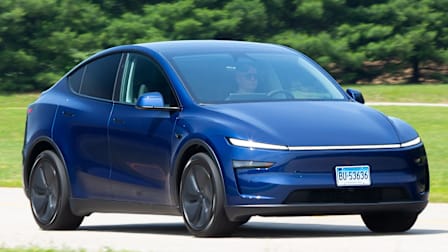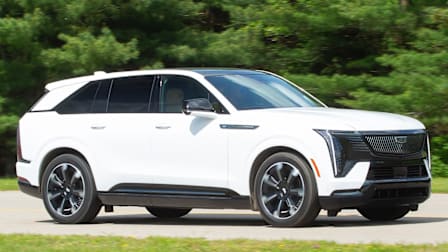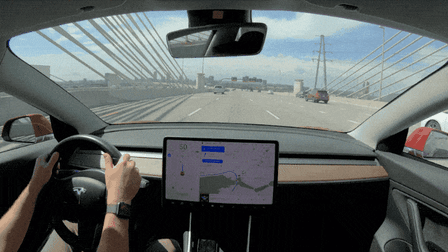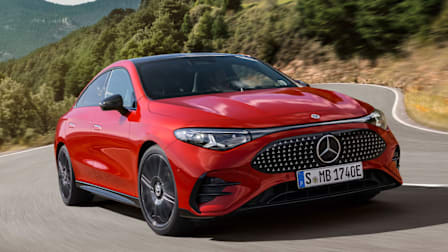No, You Cannot Buy a Self-Driving Car Today
Although there have been some impressive advances in vehicle autonomy, there are no commercially available fully self-driving cars on the market today
We get it: We’d all love to catch up on sleep or zone out on our phones while commuting. But unless you have another person drive for you, take public transit, or live in one of the few specific areas where prototype self-driving taxis are in service, you’ll have to drive (or walk, roll, bike, or scoot) yourself.
Despite decades’ worth of hype, there are no commercially available self-driving cars available to individual buyers today.
But My Car Steers and Keeps Up With Traffic!
About half of new vehicle models on sale today offer some form of lane centering assistance and adaptive cruise control systems that, when combined, can keep a car centered within painted lane lines and maintain a set distance between it and the car in front. But these ADA systems require an attentive driver, says Kelly Funkhouser, CR’s head of connected and automated vehicles.
“Just because your car can control your speed and steering on its own does not make it self-driving,” she says. “If the car still expects you to pay attention and intervene at any moment, it is not a self-driving car.”
While most new cars can drive themselves in some situations, it may be many years before cars are able to drive themselves in every situation.
No, Tesla’s 'Full Self-Driving' Is Not Self-Driving
“But what about Tesla?” you might ask. “Don’t they have features called Autopilot and Full Self-Driving?” Yes, they do. And despite the name and the company’s many promises about its future capabilities, no existing Tesla is a fully autonomous vehicle that performs better than a human driver. In fact, in communications with the California state Department of Motor Vehicles, Tesla’s own lawyers said that Tesla vehicles equipped with Full Self-Driving Capability (FSD) are not truly self-driving, and still require a driver to steer, brake, or accelerate as needed.
According to a report from Reuters, the U.S. Department of Justice is currently investigating whether Tesla misled consumers about whether FSD was capable of driving itself.
Since Autopilot debuted in 2014, Consumer Reports has been evaluating various versions of that system as well as FSD, and none of them can take the place of a human driver. Neither can similar systems from Ford (BlueCruise) or GM (Super Cruise).
“Tesla’s lane centering and adaptive cruise control still work really well on those boring long highway drives. But when it comes to all of the other places we drive, like city and neighborhood streets, that’s where we see the shortcomings of the system,” says Funkhouser, who said she has observed issues on narrow roads, curves, intersections, and encounters with pedestrians. “You’re going to need a lot more sensors and computing power to deal with the unpredictability of those types of environments.”
Self-Driving Taxis Are Impressive, but You Can’t Buy One
Companies like Waymo and Cruise are currently in the process of developing self-driving taxi cabs that can pick up and drop off passengers and navigate complex driving tasks all without a human driver. Some of these “robotaxis” are already available for riders to hail in select cities. These are currently some of the only truly self-driving cars on the road today that consumers can take a ride in.
We tried out a self-driving Waymo taxi in Chandler, Ariz., earlier this year and came away impressed with how well it navigated city streets (it currently does not travel on highways) without a human driver. Still, it wasn’t flawless: The taxi struggled with things like exiting a parking lot and finding the most convenient spot to drop passengers off in front of a restaurant.
Despite the maturity of robotaxi technology, cost limitations mean that it’s unlikely you’ll be able to permanently keep one in your garage or driveway any time soon.
“With the latest sensors and tons of computing power, these taxis cost far more to build than even the most expensive luxury sedan,” says Funkhouser.

















